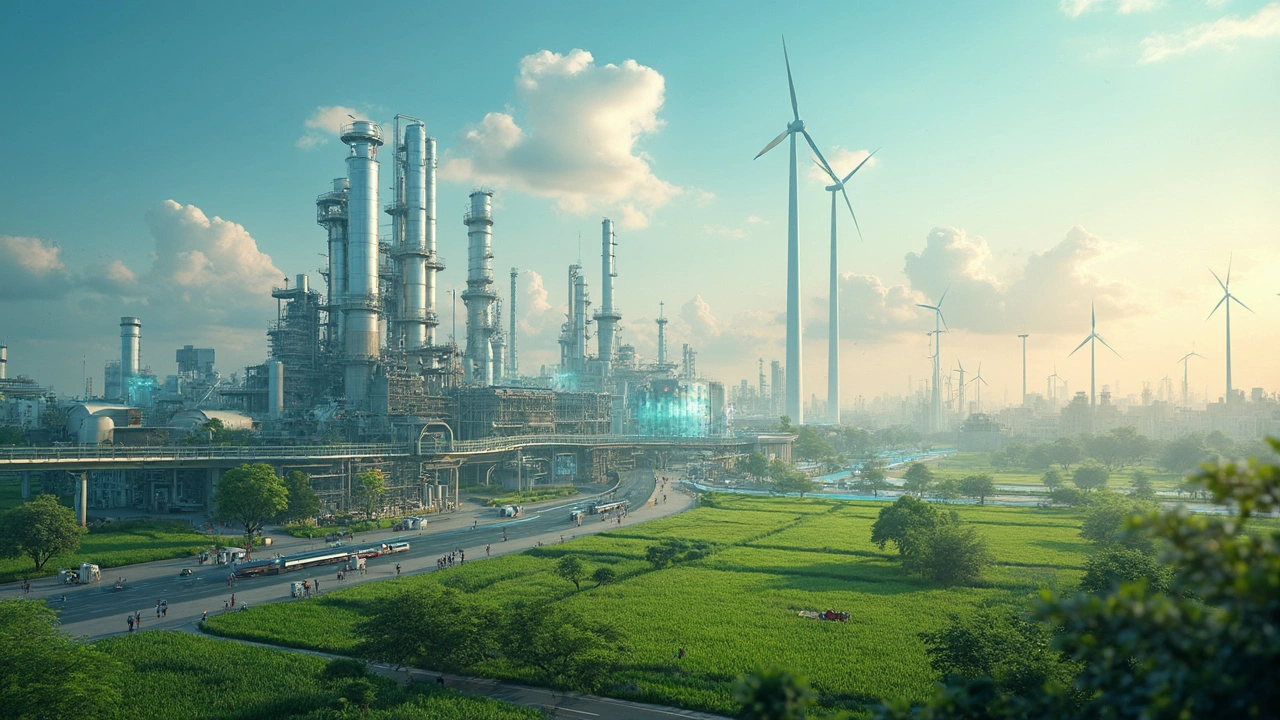India 2024: Manufacturing, Pharma, and Industry Insights
When talking about India 2024, the year marks a turning point for the country’s industrial push, from factory floors to lab benches, also known as India's 2024 industrial outlook, you instantly see three big forces at play. First, manufacturing, the backbone that fuels jobs, exports, and tech adoption across the subcontinent is expanding faster than ever. Second, the pharmaceutical industry, India’s drug makers are climbing global rankings and boosting R&D spend is reshaping health markets worldwide. Third, the growing headache of plastic waste, mounting pollution that forces policy tweaks and new recycling models adds urgency to sustainability debates. These three entities intersect: stronger manufacturing needs cleaner processes, pharma growth demands greener supply chains, and waste management becomes a competitive advantage for exporters.
Key Sectors Shaping India in 2024
Manufacturing in 2024 isn’t just about assembling parts. It now includes high‑mix, low‑volume production lines that let startups test product ideas quickly—think the “Top Product Ideas to Invent for a Successful Manufacturing Startup” guide. The sector also leans on newer methods like additive manufacturing and lean 5S practices, which improve efficiency in food processing and other niches. Meanwhile, the pharmaceutical sector enjoys a boost from reports like “India’s Global Rank in the Pharmaceutical Industry – 2024 Overview,” showing India moving up the export ladder. Companies such as Sun Pharma are setting benchmarks for revenue and R&D, while ownership trends (e.g., Cipla’s Kalyani family stake) reveal how capital structures affect innovation speed.
Plastic waste remains a stubborn challenge, highlighted in the “Top Plastic Waste Countries” piece that places India among the top polluters. The government’s push for stricter recycling targets and the rise of circular‑economy startups are direct responses to that data. On the technology front, “Is India Manufacturing Semiconductors? Latest 2025 Facts & Progress” hints at a nascent chip ecosystem, where fabs are sprouting in partnership with global players. This semiconductor push ties back to manufacturing because chip production demands ultra‑clean facilities and a skilled workforce—both of which ripple through the broader industrial fabric.
All these strands converge on a common goal: making India a global manufacturing hub that balances profit, health, and the planet. For entrepreneurs, the “Pharmacy Startup Cost in India: Detailed Breakdown 2025” article offers a clear cost map, showing that entering a high‑margin sector is now more predictable. Investors can look at the “Most Profitable Industries in 2025” data to gauge which of these sectors—manufacturing, pharma, or even emerging semiconductor fabs—yield the best returns. The “Why Are Indian Cars Expensive?” analysis adds another layer, explaining how taxes, supply limits, and policy choices inflate auto prices, which in turn affects consumer demand for locally made components.
When you stitch together these insights, a vivid picture of India 2024 emerges: a nation racing to upscale factories, dominate drug exports, tame plastic pollution, and step onto the semiconductor stage. Each article in the collection below drills deeper into one of these themes, offering data, checklists, and real‑world examples you can act on. Whether you’re a startup founder, an investor, or just a curious observer, the upcoming posts will give you the tools to understand and leverage the forces shaping India’s industrial future.
Ready to explore the detailed guides, rankings, and strategies? Scroll down to dive into the curated list of articles that break down each sector’s opportunities, challenges, and actionable steps.
